Subscribe to our ▶️YouTube channel🔴 for the latest videos, updates, and tips.
Home | About Us | Contact Us | Privacy | Math Blog
Intercepts on the Axes made by a Circle
We will learn how to find the intercepts on the axes made by a circle.
The lengths of intercepts made by the circle x2 + y2 + 2gx + 2fy + c = 0 with X and Y axes are 2√g2−c and 2√f2−c respectively.
Proof:
Let the given equation of the circle be x2 + y2 + 2gx + 2fy + c = 0 ………. (1)
Clearly, the centre of the circle is c (-g, -f) and the radius = √g2+f2−c
Let AB be the intercept made by the given circle on x-axe.
Since on x-axis, y = 0. Therefore, x-coordinates of the points A and B are the
roots of the equation x2 + 2gx + c = 0.
Let x1 and x2 be the x-coordinates of the points A and B respectively. Then, x1 and x2 also the roots of the equation x2 + 2gx + c = 0.
Therefore, x1 + x2 = - 2g and x1x2 = c
Clearly the intercept on x-axis = AB
= x2 - x1 = √(x2−x1)2
= √(x2+x1)2−4x1x2
= √4g2−4c
= 2√g2−c
Therefore, the intercept made by the circle (1) on the x-axis = 2√g2−c
Again,
Let DE be the intercept made by the given circle on y-axe. Since on y-axis, x = 0. Therefore, y-coordinates of the points D and E are the roots of the equation y2 + 2fy + c = 0.
Let y1 and y2 be the x-coordinates of the points D and E respectively. Then, y1 and y2 also the roots of the equation y2 + 2fy + c = 0
Therefore, y1 + y2 = - 2f and y1y2 = c
Clearly the intercept on y-axis = DE
= y2 - y1 = √(y2−y1)2
= √(y2+y1)2–4y1y2
= √4f2−4c
= 2√f2−c
Therefore, the intercept made by the circle (1) on the y-axis = 2√f2−c
Solved examples to find the intercepts made by a given circle on the co-ordinate axes:
1. Find the length of the x-intercept and y-intercept made by the circle x2 + y2 - 4x -6y - 5 = 0 with the co-ordinate axes.
Solution:
Given equation of the circle is x2 + y2 - 4x -6y - 5 = 0.
Now comparing the given equation with the general equation of the circle x2 + y2 + 2gx + 2fy + c = 0, we get g = -2 and f = -3 and c = -5
Therefore, length of the x-intercept = 2√g2−c = 2√4−(−5) = 2√9 = 6.
The length of the y-intercept = 2√f2−c = 2√9−(−5) = 2√14.
2. Find the equation of a circle which touches the y-axis at a distance -3 from the origin and cuts an intercept of 8 units with the positive direction of x-axis.
Solution:
Let the equation of the circle be x2 + y2 + 2gx + 2fy + c = 0 …………….. (i)
According to the problem, the equation (i) touches the y-axis
Therefore, c = f2 ………………… (ii)
Again, the point (0, -3) lies on the circle (i).
Therefore, putting the value of x = 0 and y = -3 in (i) we get,
9 - 6f + c = 0 …………………… (iii)
From (ii) and (iii), we get 9 - 6f + f2 = 0 ⇒ (f - 3)2 = 0 ⇒ f - 3 = 0 ⇒ f = 3
Now putting f = 3 in (i) we get, c = 9
Again, according to the problem the equation of the circle (i) cuts an intercept of 8 units with the positive direction of x-axis.
Therefore,
2√g2−c = 8
⇒ 2√g2−9 = 8
⇒ √g2−9 = 4
⇒ g2 - 9 = 16, [Squaring both sides]
⇒ g2 = 16 + 9
⇒ g2 = 25
⇒ g = ±5.
Hence, the required equation of the circle is x^2 + y^2 ± 10x + 6y + 9 = 0.
● The Circle
- Definition of Circle
- Equation of a Circle
- General Form of the Equation of a Circle
- General Equation of Second Degree Represents a Circle
- Centre of the Circle Coincides with the Origin
- Circle Passes through the Origin
- Circle Touches x-axis
- Circle Touches y-axis
- Circle Touches both x-axis and y-axis
- Centre of the Circle on x-axis
- Centre of the Circle on y-axis
- Circle Passes through the Origin and Centre Lies on x-axis
- Circle Passes through the Origin and Centre Lies on y-axis
- Equation of a Circle when Line Segment Joining Two Given Points is a Diameter
- Equations of Concentric Circles
- Circle Passing Through Three Given Points
- Circle Through the Intersection of Two Circles
- Equation of the Common Chord of Two Circles
- Position of a Point with Respect to a Circle
- Intercepts on the Axes made by a Circle
- Circle Formulae
- Problems on Circle
11 and 12 Grade Math
From Intercepts on the Axes made by a Circle to HOME PAGE
Didn't find what you were looking for? Or want to know more information about Math Only Math. Use this Google Search to find what you need.
Recent Articles
-
Worksheet on Area of a Square and Rectangle | Area of Squares & Rectan
Jul 19, 25 05:00 AM
We will practice the questions given in the worksheet on area of a square and rectangle. We know the amount of surface that a plane figure covers is called its area. 1. Find the area of the square len… -
Area of Rectangle Square and Triangle | Formulas| Area of Plane Shapes
Jul 18, 25 10:38 AM
Area of a closed plane figure is the amount of surface enclosed within its boundary. Look at the given figures. The shaded region of each figure denotes its area. The standard unit, generally used for… -
What is Area in Maths? | Units to find Area | Conversion Table of Area
Jul 17, 25 01:06 AM
The amount of surface that a plane figure covers is called its area. It’s unit is square centimeters or square meters etc. A rectangle, a square, a triangle and a circle are all examples of closed pla… -
Worksheet on Perimeter | Perimeter of Squares and Rectangle | Answers
Jul 17, 25 12:40 AM
Practice the questions given in the worksheet on perimeter. The questions are based on finding the perimeter of the triangle, perimeter of the square, perimeter of rectangle and word problems. I. Find… -
Formation of Square and Rectangle | Construction of Square & Rectangle
Jul 16, 25 11:46 PM
In formation of square and rectangle we will learn how to construct square and rectangle. Construction of a Square: We follow the method given below. Step I: We draw a line segment AB of the required…
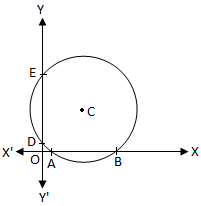


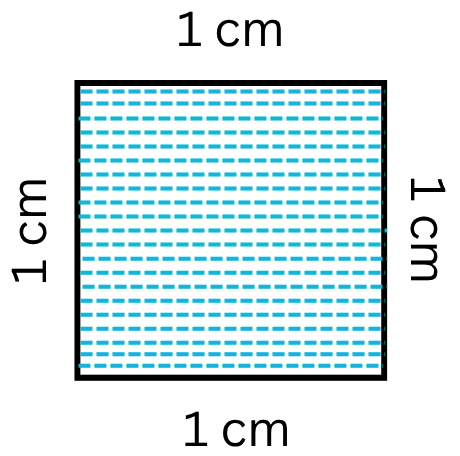
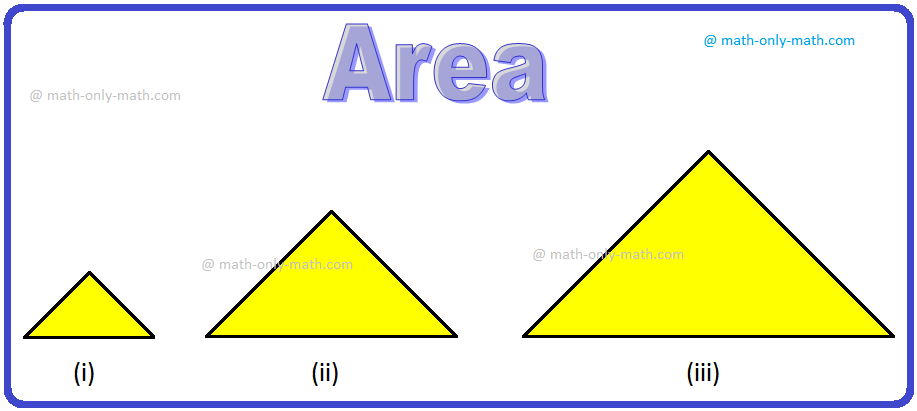
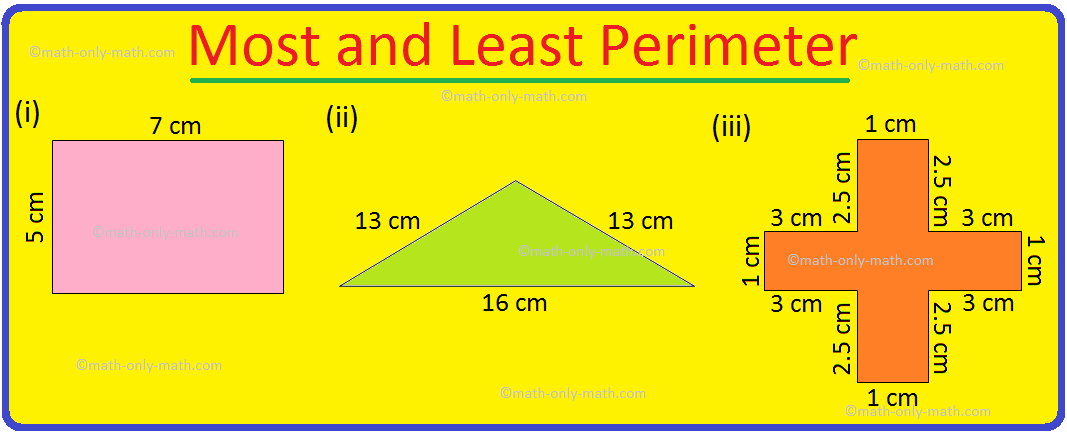
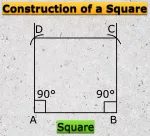
New! Comments
Have your say about what you just read! Leave me a comment in the box below. Ask a Question or Answer a Question.